With just six days left in the NBA’s regular season, there are still a few teams around the league with open 15-man roster spots, and there’s little downside to filling those openings before the regular season ends.
For playoff teams, adding one more player would create a little extra depth in the event of postseason injuries or garbage-time minutes. For non-playoff teams, it makes sense to try to convince a young player to accept a multiyear deal that includes little or no guaranteed money beyond this season, since it gives those teams another option for next year’s roster.
Even clubs over the luxury tax line or right up against it shouldn’t have a problem paying one more player a prorated minimum salary for the last day or two of the season — the prorated minimum for a veteran on a rest-of-season deal is just $11,608 per day, which is a drop in the bucket for NBA franchises.
With all that in mind, it’s safe to assume that some – if not all – of the teams with open roster spots should fill them by next Sunday. Here are those teams:
- Golden State Warriors
- New Orleans Pelicans
- Philadelphia 76ers
- Toronto Raptors *
The Raptors technically have a full 15-man roster as of today, but one of their players – Malik Williams – is on a 10-day contract. When Williams’ deal expires on Friday night, I’d expect Toronto to look to sign either him or another player to a multiyear contract that gives the team some roster flexibility beyond this season.
As for the other three teams here, the Warriors, Pelicans, and Sixers are all poised to at least compete in a play-in game or two, if not the playoffs themselves. But that doesn’t necessarily mean each of those teams will sign a “win-now” veteran as a 15th man. They already have enough depth on their respective rosters that they may prefer to promote a player from the G League on a multiyear deal, assuming they decide to fill those openings at all.
Converting a player from a two-way contract is a real possibility for each of those three clubs, with Sixers guard Ricky Council looking like the best candidate of the bunch.
While New Orleans and Philadelphia have remained out of luxury tax territory, Golden State is far above the tax line and is therefore the team most likely to wait until the very last day of the regular season to make a move, since adding a 15th man will cost the Warriors more than just $11,608.
The Cavaliers (Marcus Morris), Pistons (Chimezie Metu), Timberwolves (Luka Garza), Celtics (Neemias Queta), and Suns (Isaiah Thomas) are among the teams who had been carrying an open 15-man roster spot but who have filled that opening within the last week or two.
Finally, it’s worth noting that there are a handful of clubs with two-way contract slots available, but the deadline for two-way signings passed in early March, so those roster spots will remain open.
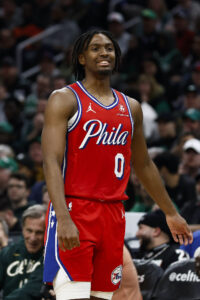 Bey, Maxey, and Quickley would have had qualifying offers worth $6,498,258, $6,259,588, and $6,128,004, respectively, if they had fallen short of the starter criteria. Instead, their QOs will each be worth $8,486,620.
Bey, Maxey, and Quickley would have had qualifying offers worth $6,498,258, $6,259,588, and $6,128,004, respectively, if they had fallen short of the starter criteria. Instead, their QOs will each be worth $8,486,620.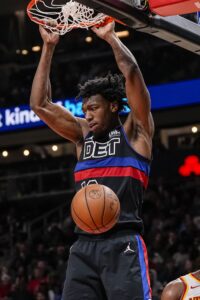 As a former No. 2 overall pick, Wiseman would have been in line for a qualifying offer worth $15,815,870 if he had made at least 41 starts or played 2,000 minutes. Because he fell short, his actual QO will be worth less than half that ($7,744,600).
As a former No. 2 overall pick, Wiseman would have been in line for a qualifying offer worth $15,815,870 if he had made at least 41 starts or played 2,000 minutes. Because he fell short, his actual QO will be worth less than half that ($7,744,600).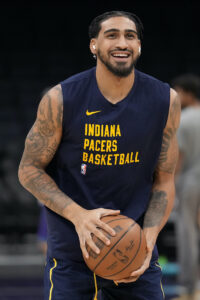 A top-14 pick who does not meet the starter criteria will receive a qualifying offer equal to the amount the 15th overall pick would receive if he signed for 120% of the rookie scale.
A top-14 pick who does not meet the starter criteria will receive a qualifying offer equal to the amount the 15th overall pick would receive if he signed for 120% of the rookie scale.
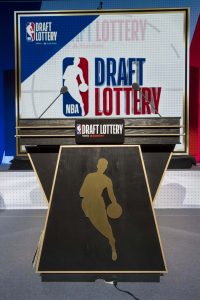 The 2024 draft lottery will be the sixth one employing the format that was
The 2024 draft lottery will be the sixth one employing the format that was 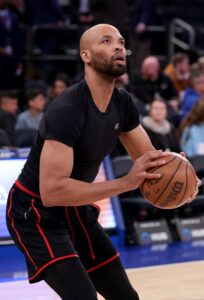 For example, when
For example, when